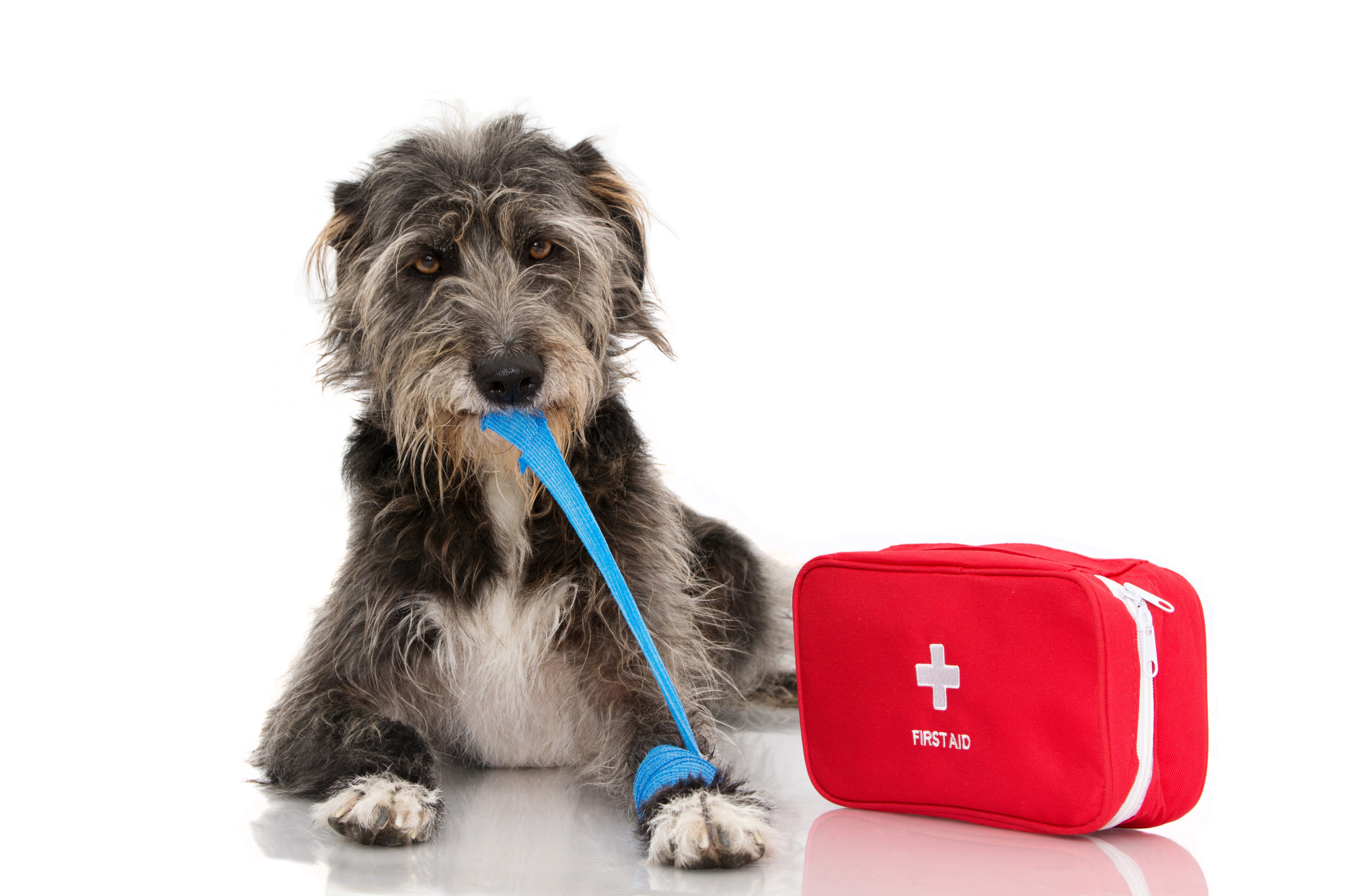Did you know that the survival rate of dogs is less than 10% under cardiac arrest? Whether it’s due to heart disease or an underlying health issue, it’s important for every dog owner to know CPR for dogs and how to perform it.
Even if your furry friend doesn’t suffer from SCA, there are many other reasons that they could suffer from a sudden respiratory or cardiac problem. Without appropriate medical care, they can die.
But how do you know how to perform chest compressions when your dog is much larger than you? Doing them the wrong way could cause more harm than good.
We want to share everything you need to know about performing emergency care for SCA in dogs. So keep reading to learn everything front to back.
Understanding the Basics of CPR for Dogs
Canine CPR is an important skill for dog owners to learn and understand. First, prepare the area and the supplies needed, such as a first aid kit and a blanket. Then, lay the dog on his side and check his airway to make sure it is clear. At this point, start chest compressions.
Place your hands over the dog’s heart, with one over the other, and press down firmly but carefully so as not to damage any of the dog’s organs. Aim for 100-120 compressions per minute and alternate with two rescue breaths every 30 compressions.
The Significance of Knowing CPR for Your Dog
Knowing how to perform CPR for pets can mean the difference between life and death in an emergency situation. Even if you never need to use it, the knowledge can give you valuable peace of mind that you will be prepared if the situation arises.
By practicing on your pet, you can identify any areas for improvement and be comfortable with the process by the time it comes to using it in a medical emergency.
Preparing Yourself
It is important to understand how to properly identify an emergency situation and activate the appropriate response, how to evaluate and assess the animal’s condition, how to accurately perform chest compressions, how to give rescue breaths and the factors that may affect a dog’s response to such first aid.
To perform chest compressions correctly, you must position your hands correctly and press firmly enough to compress the chest 1 to 2 inches. If you want to learn more about CPR for your pet, check this Cprcertificationnow.com.
What Equipment is Necessary for Successful Dog CPR?
In order to effectively and safely administer CPR to a dog, the necessary equipment typically includes a stethoscope and manual resuscitator. The resuscitator may be a bag-valve-mask device and should be appropriately sized that is designated for use on a canine. In addition, gloves, a towel or blanket, and a pocket mask should be gathered. . A watch or clock should be used as well, so timing is accurate.
Learn The CPR for Dogs And Act Now!
CPR for Dogs can be used to help save the life of your furry friend. It is best to equip yourself with knowledge of CPR for Dogs and have a plan in place for an emergency situation. With practice and a little knowledge, you can be prepared to save the life of your beloved pet.
Visit your vet today to learn more and make sure your pet’s safety is always a top priority.
If you enjoyed this article, please check out more essential tips to help your pets live longer and happier lives on our blog.






